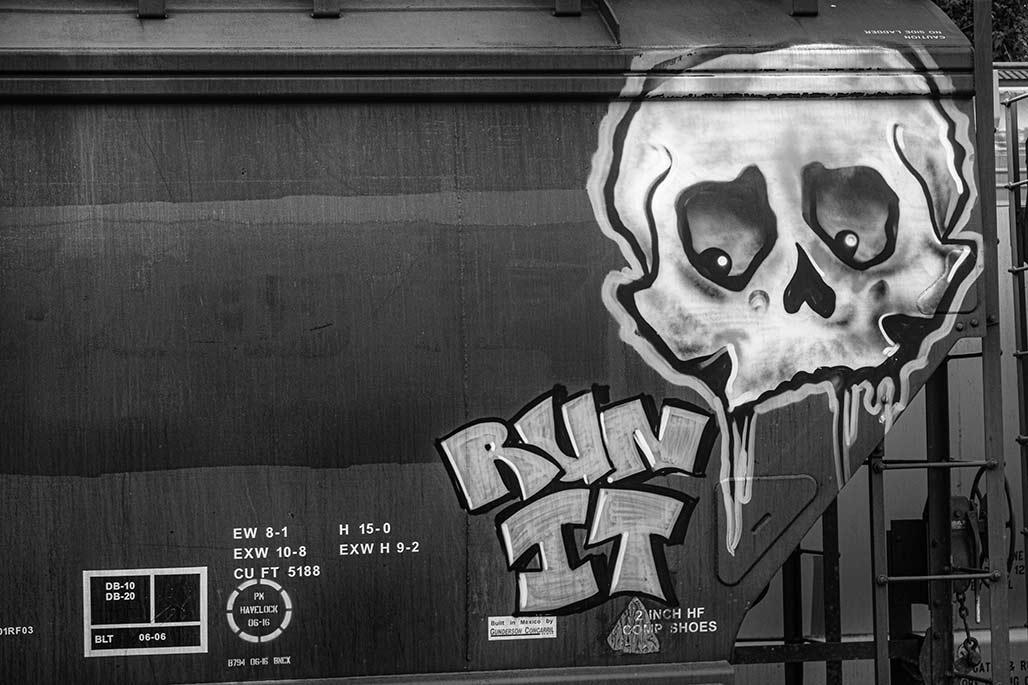
Category: signs
hillbilly

ASHEVILLE – A Seattle-based company has purchased The Mountaineer Inn, Asheville’s iconic Tunnel Road motor court, for $6.1 million, with plans to refresh the 1939 motel and adopt it into its outdoor recreation-oriented brand.–Citizen-Times
The Appalachian region and its people have historically been stereotyped by observers, with the basic perceptions of Appalachians painting them as backwards, rural, and anti-progressive. These widespread, limiting views of Appalachia and its people began to develop in the post-Civil War. Those who “discovered” Appalachia found it to be a very strange environment, and depicted its “otherness” in their writing. These depictions have persisted and are still present in common understandings of Appalachia today, with a particular increase of stereotypical imagery during the late 1950s and early 1960s in sitcoms. Common Appalachian stereotypes include those concerning economics, appearance, and the caricature of the “hillbilly.”–Wikipedia
Mollusk VA 22517

Christiantown, Massachusetts

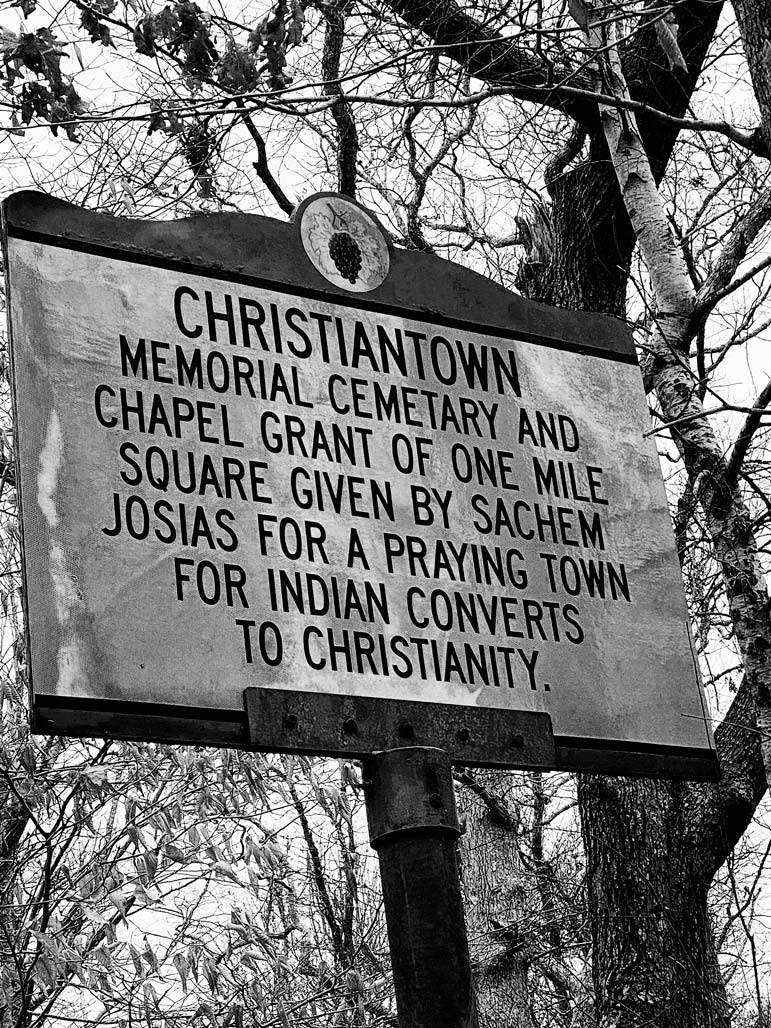
“Indian praying towns were no novelty in the Bay Colony, the first one having been established at Natick in 1651, with at least six more in 1670 and fourteen listed by Daniel Gookin in 1674. But these were set aside by the General Court rather than a “barbarous” Indian. In fact, Josias’ conveyance may well be the only instance whereby a non-conforming sachem made provision for his “Gospelized” subjects. There is some indication, derived from the fact that Pamick, Nonoussa, Tahquanum and Poxsin had agreed on February 23, 1659, to pay him a yearly bounty of 20 shillings, and also from Josias’ subsequent real estate operations that the Sachem was something of an opportunist. In other words, the idea of a praying town may have struck him as a sound business proposition. If so, he was doomed to disappointment for the 20 shillings was not forthcoming.”—
ELEANOR RANSOM MAYHEW THE CHRISTIANTOWN STORY 1659 — 1959
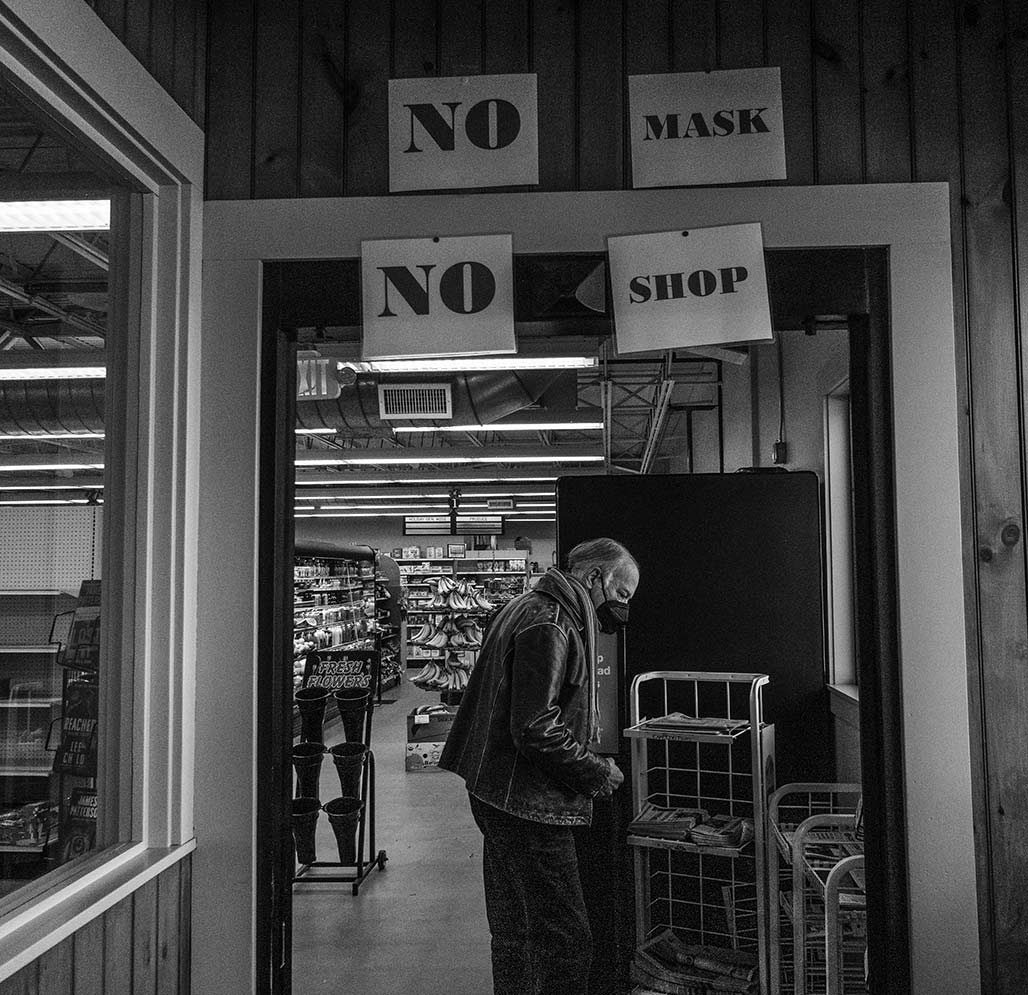
Road trip
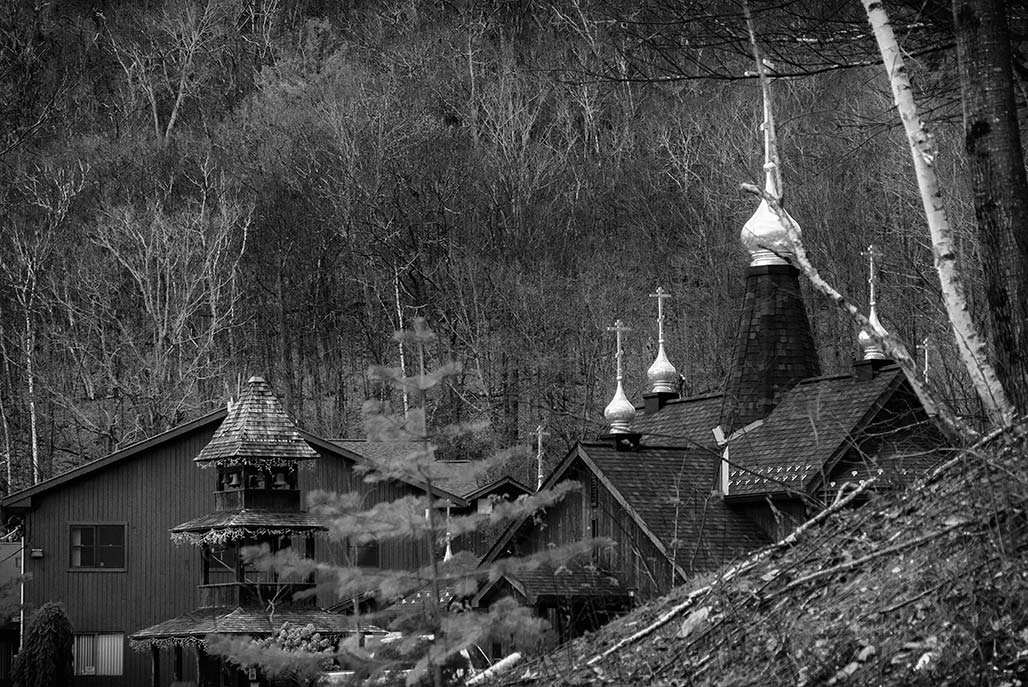


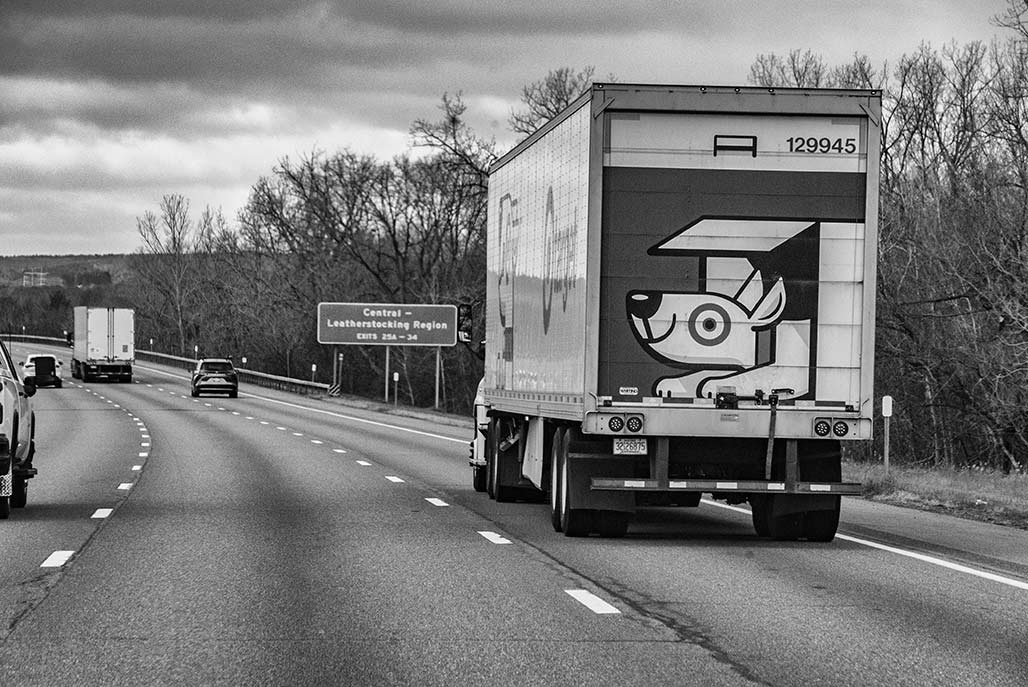

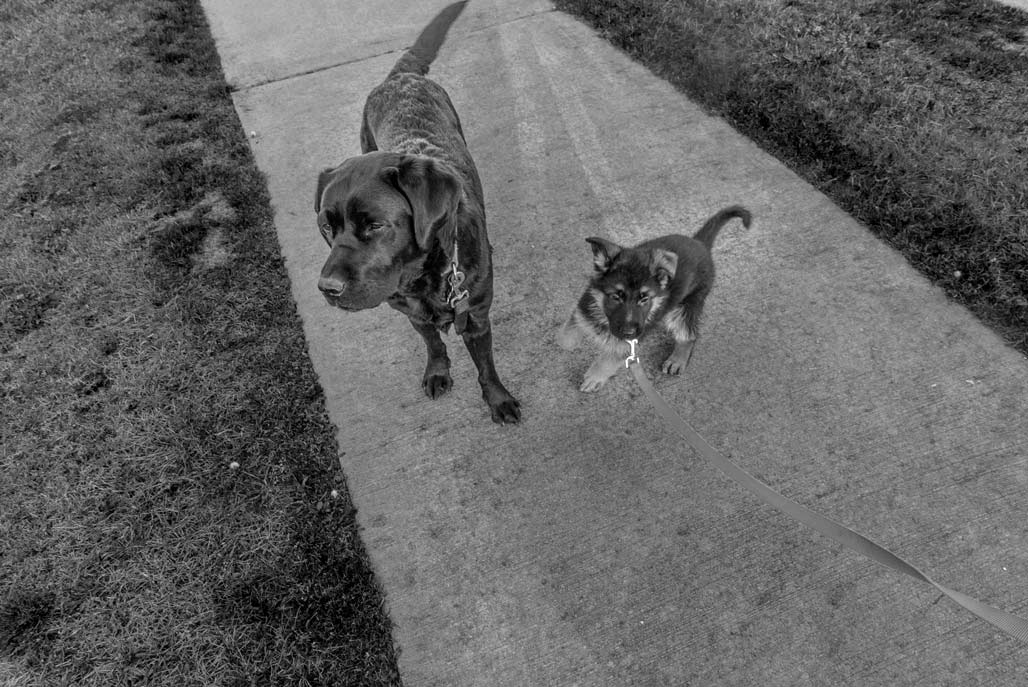
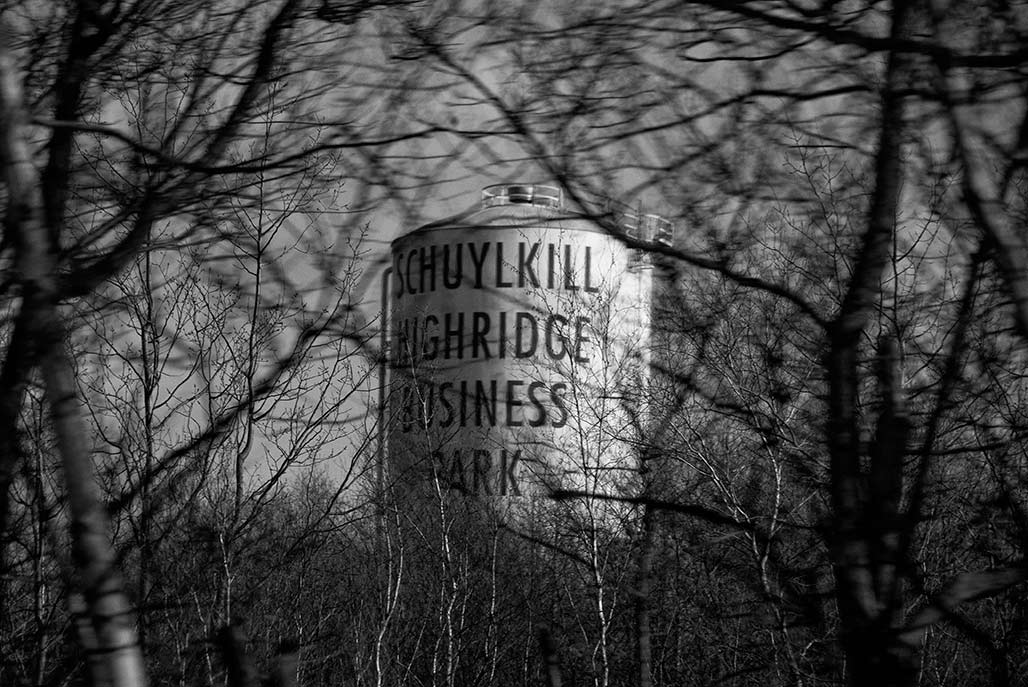


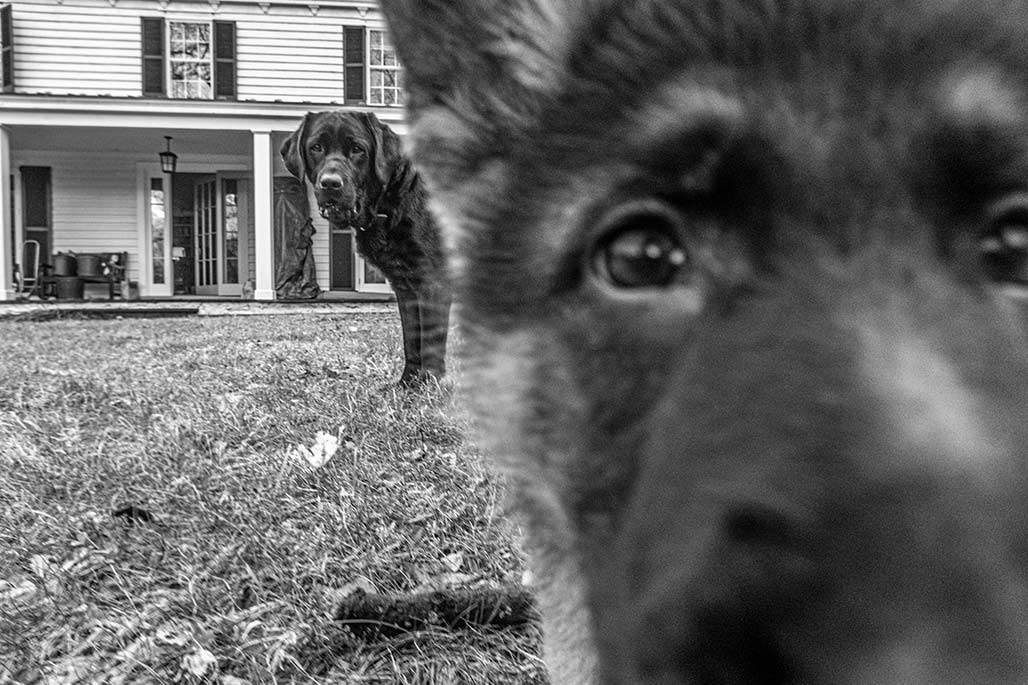
really

Vineyard Haven stop & shop
road trip

take 666
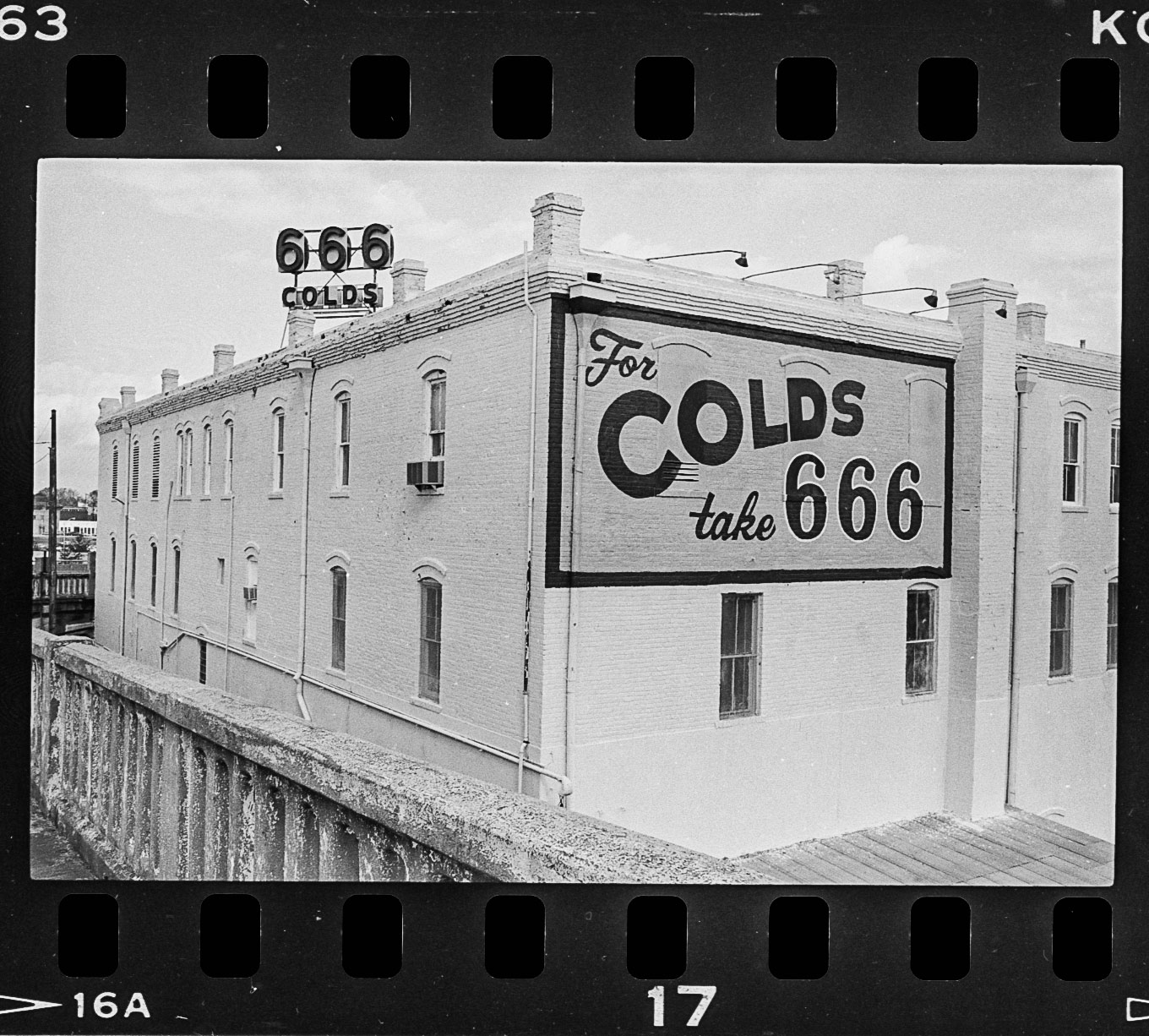
The three 6″s originated with Dr. Roberts in Monticello , Florida (26 miles east of Tallahassee) The concoction he put together became known as 666 because that was his prescription number. Fascinating company history, product also well known in Mexico and Central America , some manufactured in Mexico at one time. Iconic building with the 666 sign stood at the east end of I -10 for many years.-Forrest F Boone
I am 84 in fairly good health. I am convinced that being forced fed this poison is a factor in my current longevity. When swallowing this toxic mixture. at age 8, my body went into shock emergency mode…except the heart other major body parts would shut down…great stuff the only other real cureall ever made by man or God.
H. GARDMAN
That three-story white building was a landmark at the foot of the old Acosta Bridge until it was torn down in 1989 to make way for the new span. Even more eye-catching was the prominent 666 sign in large red elevated letters on top of the building and emblazoned on the side.
The company was formed by pharmacist T.S. Roberts Sr. in Monticello, Fla., in the 1890s. Hence the name Monticello Drug. Co., which was incorporated in 1908. Roberts patented a quinine medicine that was used to treat malaria. Even with its bitter taste, the product was very popular.–Florida Times-Union
DTM
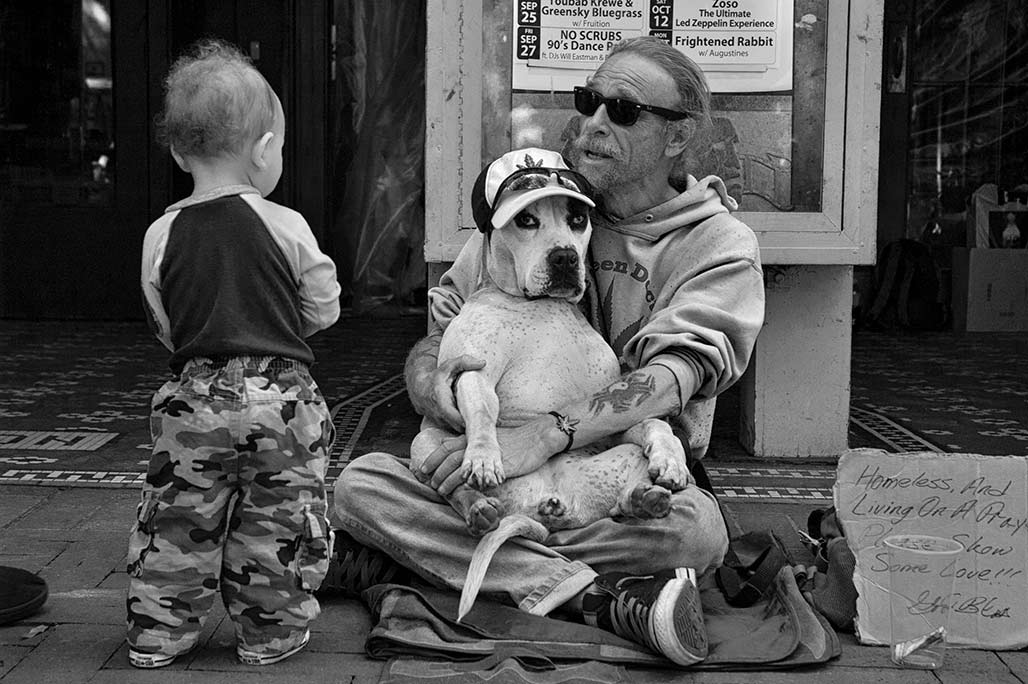
rolling stock graffiti
